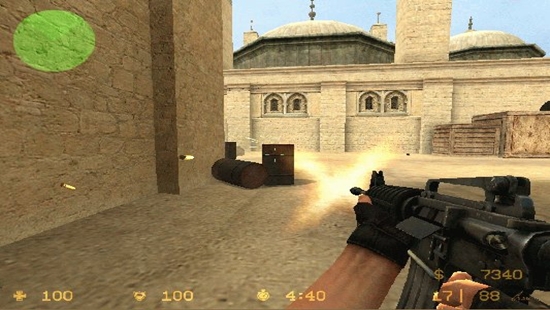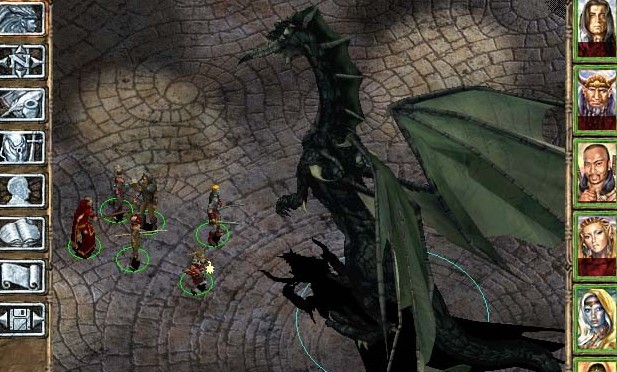Penny Arcade’s strip on how the future is now – despite the distinct lack of hoverboards – shows how accepting the advancement of technology depends as much on perspective as it does on actual advancement. Many gamers may see what’s happening today and treat it as second nature (while us older gamers have blissfully forgotten the havoc of yesteryears).
Nonetheless, it’s interesting to note the evolution of gaming’s future; how things looked back then and just how the future has changed our notions on it’s nature, whether we noticed it or not.
Free-to-Play
Then: A little more than a decade ago, there were freeware games. Designed to be available at no cost or optional fee, such games survived…well, it’s hard to say exactly how they survived. This was during the dotcom bubble of the early 21st century, and when it burst, causing several freeware game portals to shut shop, a lot of the distribution went with them.
More part of an underground movement than alternative development, freeware games looked to offer more than your typical gaming experience.
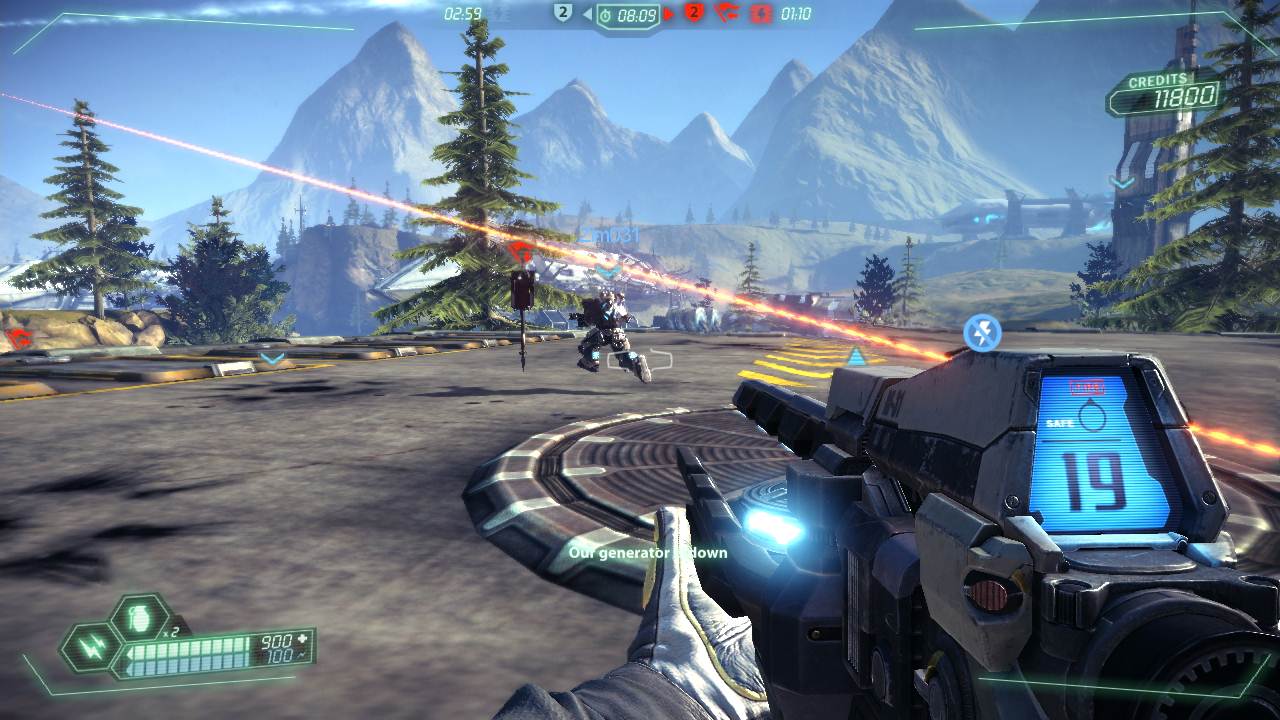
Now: A nifty freeware game released in 2001 featured first person shooting on hoverboards. In 2012, Hi-Rez Studios used this concept to create the successful Tribes: Ascend, a shooter that was totally free but who’s premium features could be unlocked quicker with a one-time payment. It’s not necessarily known when the flood-gates opened but free gaming is now about catering to the maximum audience possible, marketing a highly successful brand but converting it to fit free-to-play purposes.
Ubisoft has outlined how important F2P is for their burgeoning overseas markets, while EA transformed Command & Conquer: Generals 2 into an F2P property known simply as Command & Conquer. Freeware games still exist, as can be noticed with the number of titles available for mobiles, but free-to-play looks to mirror it while still turning a profit and capitalising on existing brands.
Then: Freeware was only a part of the underground game development scene, which comprised of mods, fan maps, mutators, new character models, hacks and oh-so much more. Quality arcade shooters could be had online, dungeon crawlers born from Nethack were common place – but distribution and commercial success? That was reserved for a few chosen souls. id Software started small, developing several properties including a Mario knockoff that was eventually rejected by Nintendo, before revolutionising first person shooters.
Minh “Gooseman” Le developed the insanely popular Counter-Strike mod for Half-Life and was picked up by Valve (along with several other modders) after it recorded higher numbers than Unreal Tournament and Quake 3: Arena combined. But for every success story, there were plenty of people left in the dark, tweaking their works continuously, in hopes of getting “noticed”. It became less about creating a cool game, and more about filling a portfolio, creating mods and models in hopes of landing a plush job with the big boys. The number of Counter-Strike clones and alternative mods is testament to this, though a good number of modders did it because it was fun.
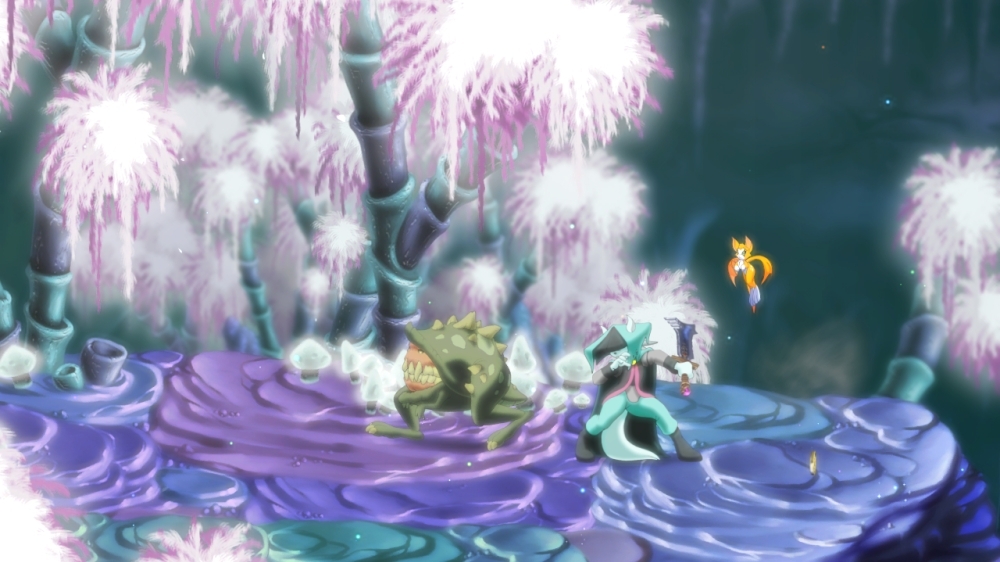
Now: Steam. XBox Live Arcade. Mobile gaming. Free-to-play. Kickstarter. Which avenue would you prefer? Would you like to create an old-school action platformer, all by yourself, like Dust: An Elysian Tail? Do you want to create a crazy, icky, demented rogue dungeon crawler? Do you want to just give people a worthy distraction, catering to simpler conventions within a puzzle game interface like Angry Birds and Cut the Rope? Do you want to just get the best possible blockbuster out there, and have your audience pay only when they want to like Tribes: Ascend?
Don’t get us wrong. Indie game development is still incredibly hellacious and coming up with an awesome concept is tougher than ever. But with Steam Greenlight and The Summer of Arcade, there’s certainly no lack of platforms for one’s awesome ideas. Mods like Black Mesa still exist, but they’re fewer and farther in between, having been replaced by DLC.
Then: Talk to any game developer from the 90’s and they will tell you how hard it is to make a sequel. It’s not simply about giving gamers more of what they want, but expanding on the property as well. Try something new and you risk alienating fans. Stick to the same thing, and you miss out on adding to your user base.
But sequels didn’t just come about as flukes – oftentimes, only the most successful games received sequels. Which made sense: If it made you a ton of money last time, why not do it again? Then again, most sequels took years to release, and were at the behest of fans and critics alike. Do you think Bioware would have green lit it’s greatest RPG of all time, Baldur’s Gate 2: Shadows of Amn, if the first game had flopped? Unlikely.
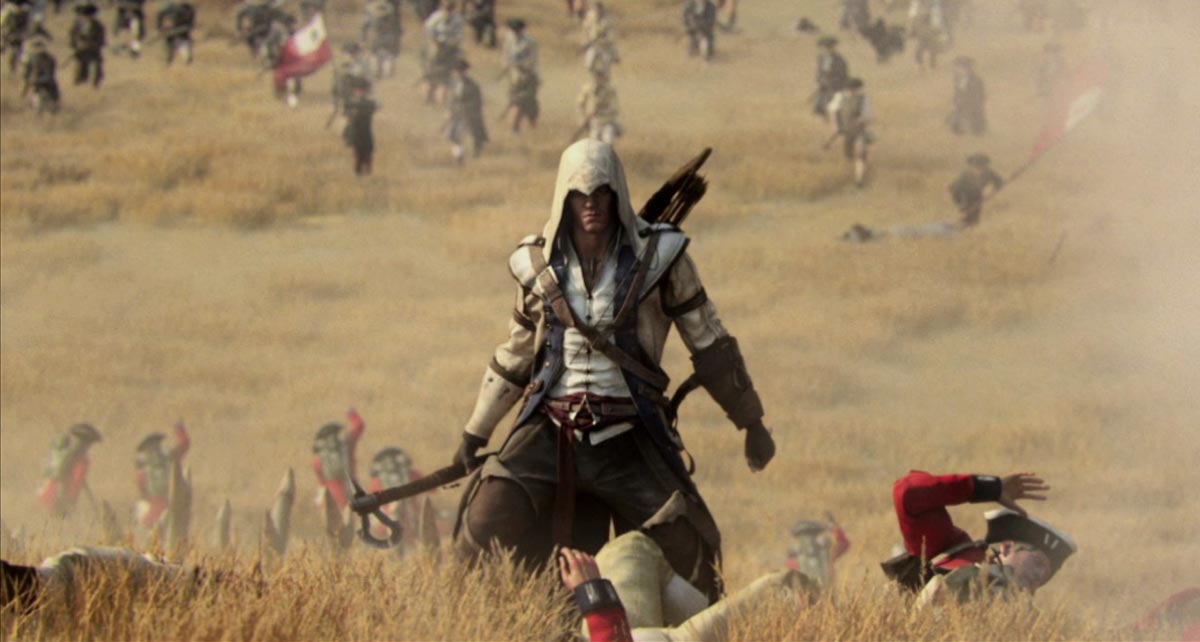
Now: Thanks to the blockbuster-ization of gaming, we now have yearly sequels for well known AAA properties like Assassin’s Creed and Call of Duty. Even the bigger games like Uncharted, Killzone, Halo and Splinter Cell have at least two years between each successive title.
It’s not so much about new ideas or innovating – oftentimes, you can create some new textures, a few minor gameplay additions and a new story with the same mission types without making any drastic changes. And whether you expand your base is unimportant, since your job is to cater to the millions currently lusting for your product.
Spin-offs are also more common, thanks to the dominance of hand-held markets. Don’t even get us started on the deluge of Pokemon titles since the success of the initial run on the Gameboy. The vaunted Final Fantasy is now a shell of it’s former self, thanks to a single designer’s obsession with a virtual woman.
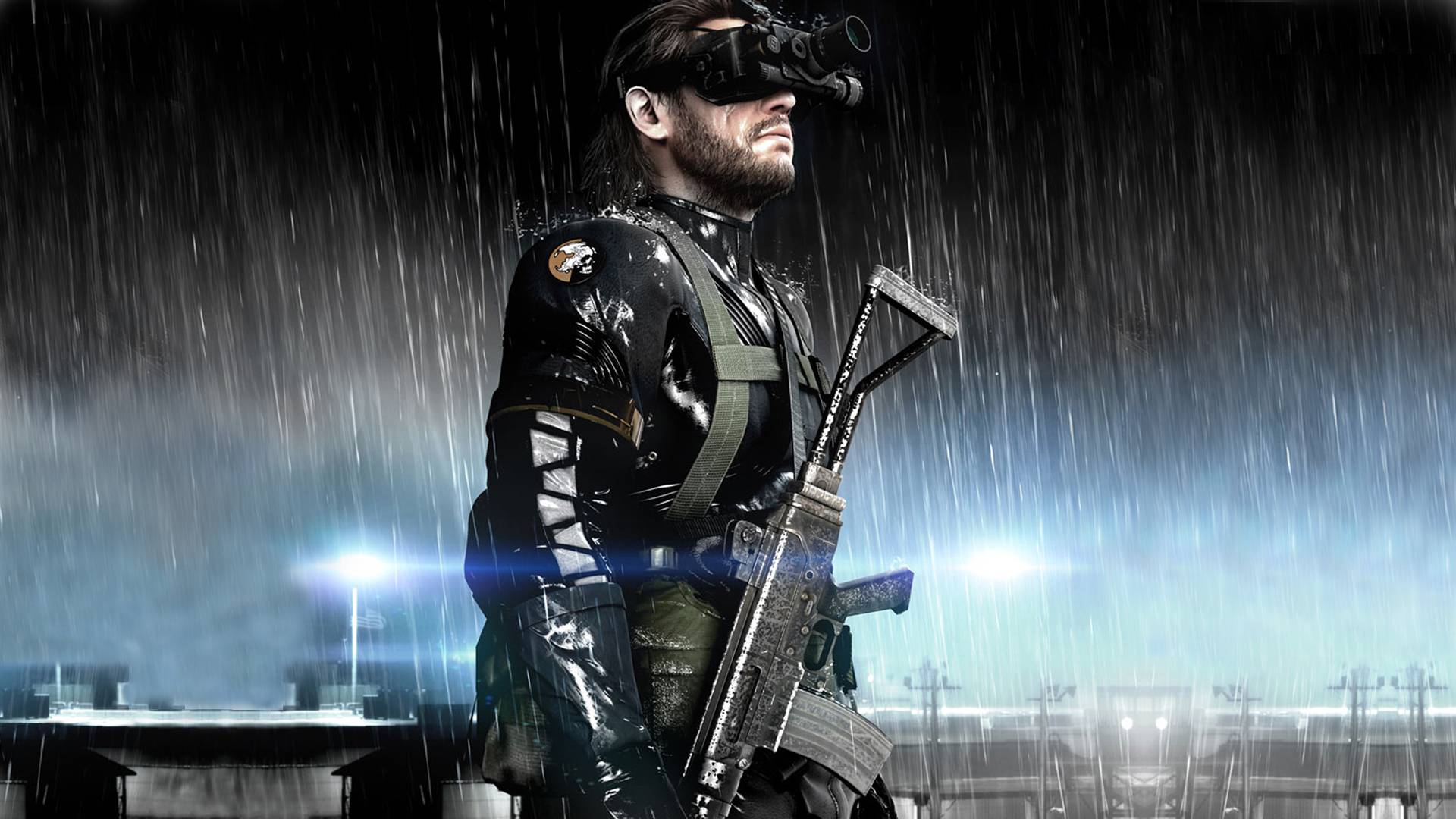
Metal Gear Solid seems to be the only franchise still taken seriously, and why not? Every new addition, be it portable or console, has received an inordinate amount of fine-tuning and polish from Hideo Kojima. Even if MGS: Ground Zeroes releases in late 2013, that’s still more 5 years after MGS4: Guns of the Patriots. In that time, Kojima Productions has crafted an entirely new engine, and if early footage is any indicating, Ground Zeroes will play significantly less like earlier titles while still embodying the spirit of the franchise.
That does it for the first part of this feature. Join us next time for part 2, as we look at the ever-evolving nature of gaming’s future. Sound off in the comments below about how different things are now, from when you envisioned the future all those years ago.
(Title image property of Pyxelated from Deviantart)








